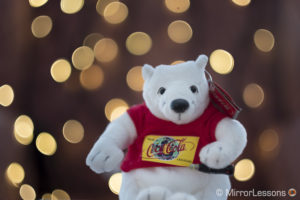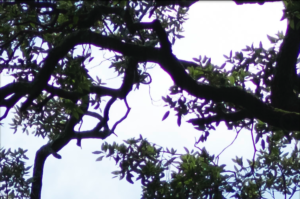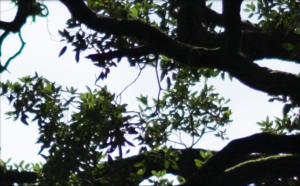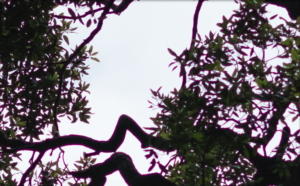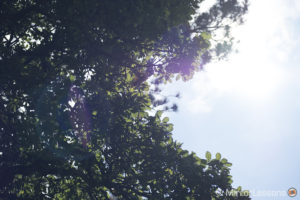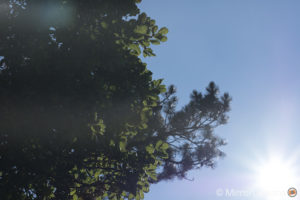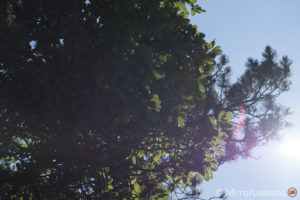The Fujifilm XF 50mm f/2 arrived on the scene last year, completing the triad of inexpensive and lightweight f/2 primes for the system. With its equivalent field of view of 76mm in 35mm format, it is long enough to be considered a decent portrait lens but can also work for events and everyday walk-around photography.
No sooner was this lens released than people began to wonder how it compares to two other lenses for the Fujifilm X series with a similar focal length: the premium XF 56mm f/1.2* and the five-year-old XF 60mm f/2.4 – and rightly so, since it is the most affordable of the three despite being the most recent.
If you are stuck on which of the three lenses to choose, we hope that the following in-depth comparison will give you some clarity!
*Note: There are two versions of the XF 56mm f/1.2 – the original R version and the R APD version. This article strictly deals with the former. To see a comparison between the original and the APD version, you can check out our dedicated article.
Ethics statement: We were provided with samples of the XF 50mm, 56mm and 60mm for a four-week loan period. We were not asked to write anything about these products, nor were we provided with any sort of compensation. Within the article, there are affiliate links. If you buy something after clicking the link, we will receive a small commission. To know more about our ethics, you can visit our full disclosure page. Thank you!
[toc heading_levels=”2″]
Main Specifications

Design and Ease of Use
Nearly all Fujinon XF lenses, including the three mentioned in this article, feature a solid metal construction. However, the only lens of the three to feature weather resistance is the 50mm f/2, as demonstrated by the WR designation in the lens’ complete name. It has 10 sealed points and provides protection against light rain, dust and temperatures down to -10°C.
Placing the lenses side-by-side reveals that the 50mm is the smallest and shortest of the three, followed by the 60mm and the 56mm. It is a little lighter than the 60mm (200g vs 215g) and both are about half the weight of the 56mm (405g). The 50mm is available in black or silver.
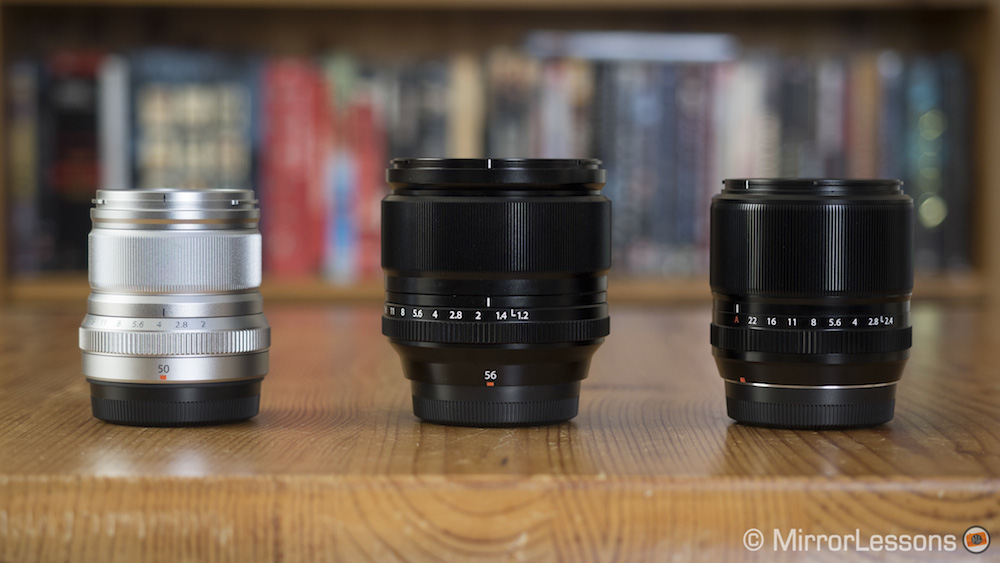
The 50mm and 56mm utilise an internal focusing system, so their length remains the same even as you change the focus distance. The 60mm’s front element, by contrast, physically protrudes from the barrel as you approach the minimum focus distance.
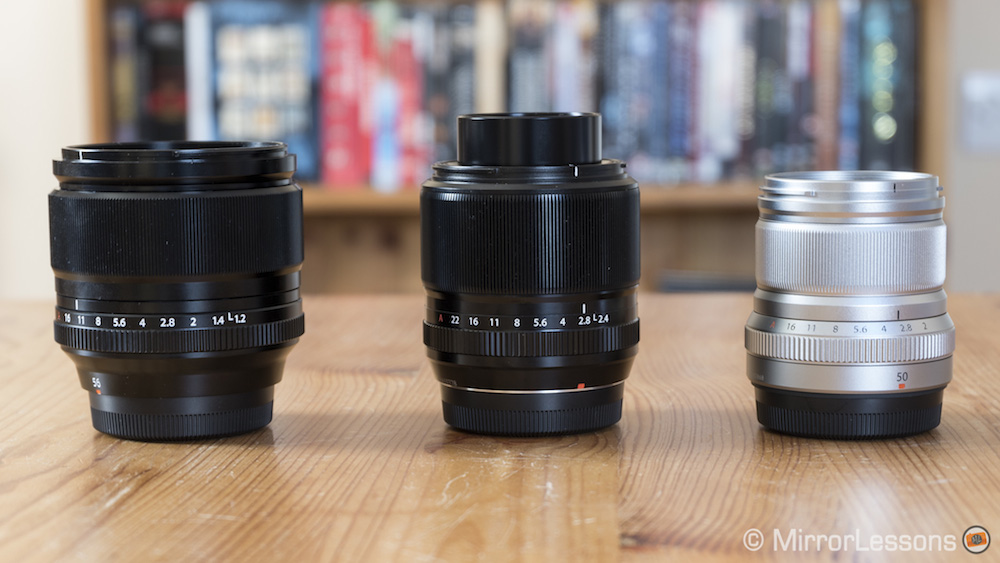
Whereas the 50mm’s diminutive size makes it a good match for nearly any Fujifilm X series camera, including the smaller entry-level models, the 56mm handles somewhat better on larger bodies such as the X-T2 or X-Pro2. (There isn’t any physical limitation to using the 56mm on a smaller body; it just wouldn’t be quite as comfortable.) The 60mm sits in the middle and feels at home no matter which body you use.
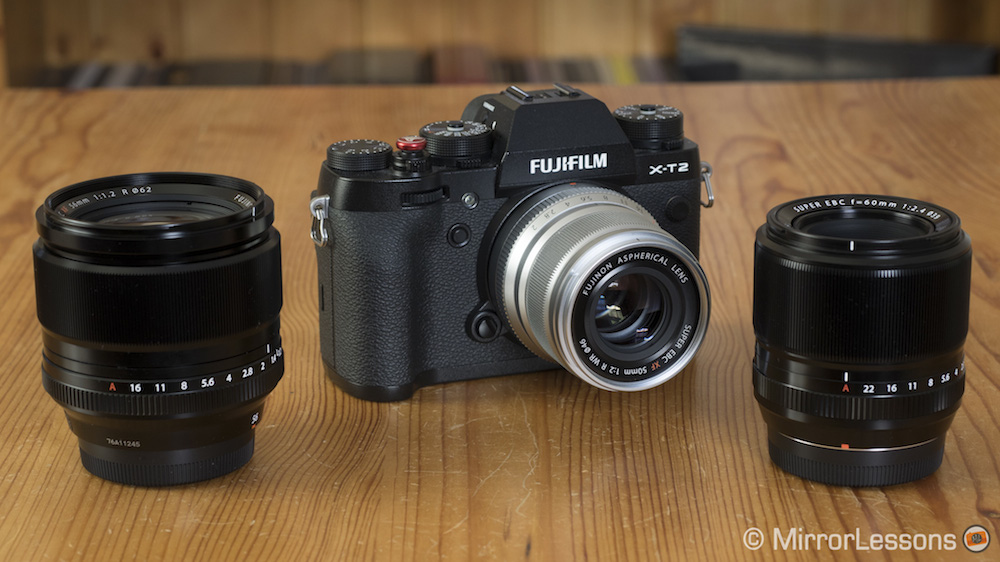
All three lenses feature a ridged fly-by-wire focus ring (more on this in the manual focus section) and a clicking aperture ring. I tend to prefer the aperture ring of the 50mm as it has a little more resistance but all three have a good tactile feel overall. Note that there is an A option on all three aperture rings which tells the camera to select the aperture value automatically. Besides the aforementioned rings, the lenses are completely devoid of external controls.
Packaged with each lens is a clip-on lens cap and a lens hood. The lens hoods of the 50mm and 56mm are made of high quality plastic whereas the 60mm’s is metallic and features four gaps at the base. Aligning the white dots and screwing them on can be fiddly but once they’re attached, they aren’t prone to popping off unexpectedly.
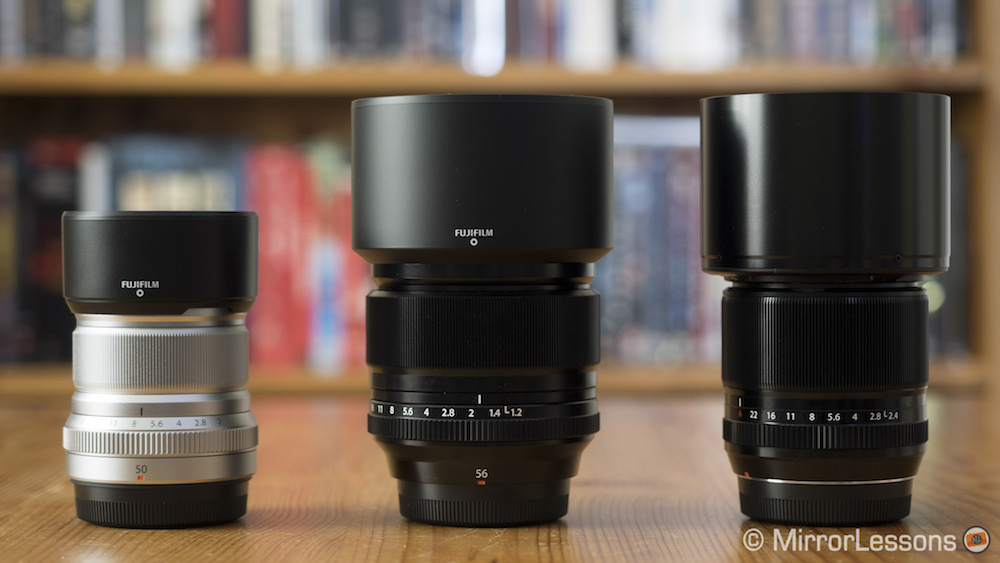
Optical Quality – Through the lens



Sharpness
Let’s begin by comparing the sharpness of the three lenses at a distance close to infinity.

When set to their fastest apertures, we can see that the 56mm at f/1.2 is a little softer than either the 50mm at f/2 or the 60mm at f/2.4, which is only to be expected. A good example of the differences can be seen in the wire mesh fencing, which is visible in the crops from the 50mm and 60mm but is mostly blurred out in the 56mm crop.
Stopping the 56mm down to f/2 brings it closer to the others, though it remains the softest by a very small margin.
From f/2.8 onwards, the three lenses perform in a very similar manner. All values from f/2.8 to f/8 are excellent and diffraction only begins to show at f/11 and beyond.
As for the corners, both the 50mm and 56mm are very sharp straight out of the gate (though not as sharp as in the centre) whereas the 60mm is most definitely softer.
The performance of all three lenses improves as you stop down, especially that of the 60mm. By f/5.6, they all perform in a very similar manner once again.
Turning to a closer focus distance of about 1 meter, we see a slightly different trend develop.
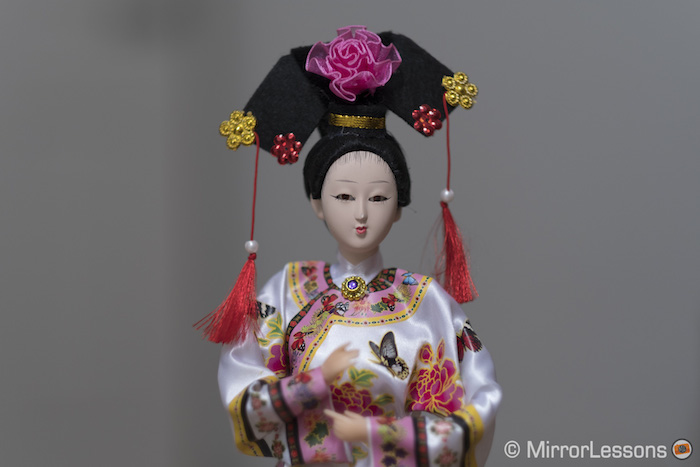
At their fastest apertures, the 50mm is the sharpest, followed by the 60mm and the 56mm.
Stopping the 56mm down to f/2 improves the sharpness, putting it between the 50mm and 60mm.
By f/2.8, the 50mm and 56mm are already very sharp and almost indistinguishable in terms of their performance. From this value onward, the 60mm remains every so slightly softer than the other two lenses – a somewhat surprising result given that the 60mm is a macro lens. All three peak between f/4 and f/5.6.
The moral of the story is that all three lenses perform in a very similar manner at a long focus distance, particularly from f/2.8 onward, whereas the 50mm and 56mm have a slight advantage over the 60mm at a close focus distance. The only value at which the 56mm is visibly softer than either of its competitors is f/1.2, which makes sense given how fast this value is.
Bokeh
The bokeh, or background blur, is one of the most important element to consider when comparing a series of portrait lenses – perhaps even more important than sharpness or other aspects of optical quality.
The 56mm is well-known as one of the go-to portrait lenses for the X series because of its beautiful bokeh, so let’s see if the 50mm and 60mm can stand up to their formidable rival!
Looking first at their fastest apertures, we can see that the 56mm (at f/1.2) does a fantastic job of obliterating the background and rendering a very soft and pleasant blur. By contrast, you are still able to distinguish many of the details of the village in the examples taken with 50mm at f/2 and the 60mm at f/2.4. This isn’t to say that the rendering isn’t pleasant with these two lenses; you just don’t get the same dreamy effect as with the 56mm.



If we stop all three down to f/2.8 – the fastest aperture they share – the rendering becomes much more similar.



This second set of examples shows the character of the specular highlights (bokeh balls) at the fastest apertures of each lens and at f/2.8. While all three produce bokeh balls with a cat’s eye shape at their fastest apertures, the 56mm’s are much larger due to its very fast f/1.2 aperture. At f/2.8, on the other hand, those of the 56mm (and to some extent the 60mm) assume the shape of the aperture whereas the 50mm’s remain very round.
Minimum Focus Distance
Because the 60mm is first and foremost a macro lens, it is able to focus closer than either the 50mm or 56mm.
At its minimum focus distance of 26.7cm, it delivers a maximum magnification of 0.5x (1:2). Note that the miniature violin in this example is 9cm in length.
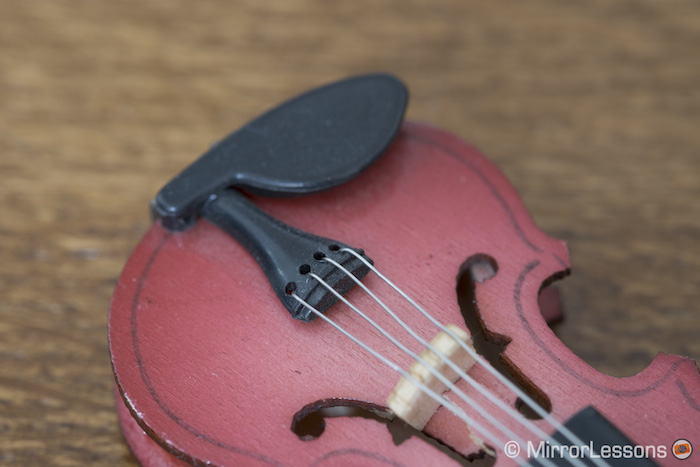
The runner-up is the 50mm whose minimum focus distance of 39cm and maximum magnification of 0.15x isn’t too bad for casual close-up work.
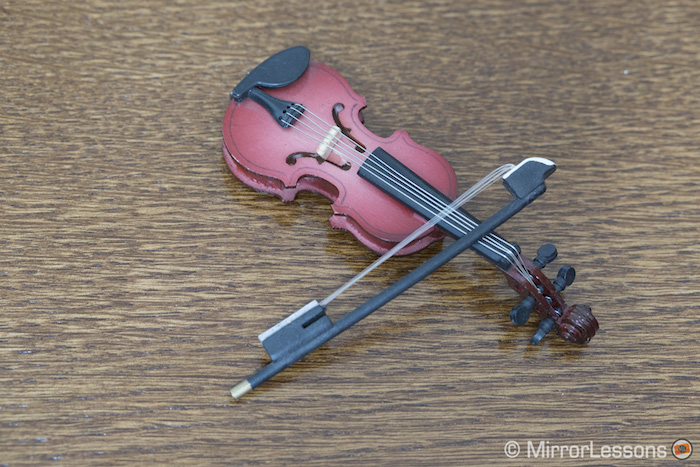
In last place we find the 56mm, which won’t let you get any closer than 70cm. It has a rather poor maximum magnification of 0.09x.
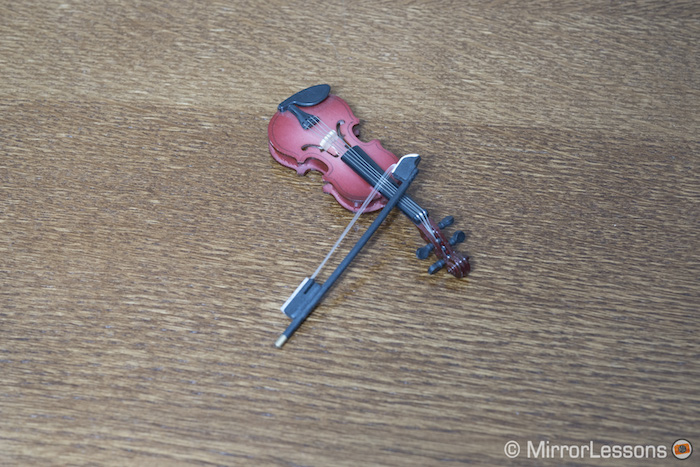
Chromatic Aberration
None of the lenses are completely resistant to chromatic aberrations but the 56mm is the one that suffers the least. Even at its fastest aperture of f/1.2, you’ll only come across some very mild examples in high contrast areas of your image.
The 50mm and 60mm are somewhat more susceptible, especially at their fastest apertures, but you can usually remove the worst of it in post production.
Vignetting and Distortion
Since we are dealing with fast primes, it is natural to come across some vignetting at the fastest apertures and as always, it can be corrected in post production. I didn’t come across any relevant examples of distortion with any of the lenses.
Flare
All three lenses feature Fujifilm’s EBC coating, which does an excellent job of minimising flare and ghosting. This doesn’t mean you won’t come across some examples when shooting into direct sunlight but I’ve personally never found it too invasive. Below you can take a look at some examples I encountered, none of which were easy to produce I might add!
Colour
There isn’t any difference in colour rendering between the three lenses as you can see below.
Field of View
I probably don’t need to tell you that different focal lengths result in different fields of view!
The widest of the three is the 50mm, which produces an equivalent 76mm field of view in 35mm format. For this reason, it only just classifies as a portrait lens. It is followed by the 56mm whose equivalent field of view is 85mm and the 60mm which equates to 91mm.
The portraits of Mathieu you see below were all taken at the exact same distance. All that has changed is the field of view.
Autofocus Performance
When used on one of the latest Fujifilm X series cameras such as the X-T2 or X-T20, all three lenses are capable of delivering very good results in S-AF. In C-AF, however, we had better luck with the 50mm than either of the other two primes. Being the most recent lens in the trio, it has the snappiest and quietest autofocus mechanism. The 56mm isn’t too far behind in terms of speed but it is certainly more audible in operation. The slowest (and noisiest) is the 60mm, which also happens to be one of the oldest lenses for the system.


Manual Focus Performance
All three lenses feature a similarly designed fly-by-wire focus ring with a ribbed surface to give you a better grip.
The easiest to use is once again the 50mm followed by the 56mm. Their rings feel well-damped, smooth and precise in operation. The 60mm’s ring is precise – and so it should be given that it’s a macro lens – but it doesn’t appear to glide as smoothly around the barrel as the 50mm or 56mm. Once again, I put this down to the age of the lens and the improvements Fujifilm has since made to its lens line-up.
The time it takes to travel from the minimum focus distance to infinity ultimately depends on how quickly or slowly you turn the ring. A slow turn could require multiple rotations whereas a quick turn can take you from one end of the scale to the other in an instant.
You won’t find a depth of field or distance scale on any of the lenses, so the only option is to rely on the camera’s on-screen manual assists.
Conclusion
Despite having similar focal lengths, the XF 50mm, 56mm and 60mm have each been designed for different purposes.
The XF 50mm is the ideal all-purpose lens that can be used not just for portrait work but also street, events, weddings, food, landscapes and everyday photography. Because it is so small and light, you can easily take it with you wherever you go without worrying about it taking up space inside your bag. In addition to having the quickest and quietest AF mechanism and excellent sharpness across the frame, it is also the only lens to feature weather resistance – not to mention that it has the lowest retail price of the three.
The XF 56mm is, in many ways, the antithesis of the XF 50mm. Not only is it larger and heavier, as necessitated by the larger maximum aperture, but it is also twice as expensive. It is what many Fujifilm users affectionately call their go-to portrait lens for the system thanks to its gorgeous bokeh and excellent subject separation. The AF mechanism is slower than that of the 50mm but is still more than decent and it provides excellent sharpness. If you choose this specialised lens, make sure you shoot portraits on a regular basis – it is too good to be used only a couple of times a year!
Finally we have the XF 60mm which, despite being the oldest and least refined lens of the three, still remains a valid option, particularly if you are equally fond of macro and portrait work. Sharpness is very good overall and while the AF mechanism isn’t the fastest, it is sufficient for portraits and subjects moving at a slow pace especially if used on the latest X series cameras. It is also more likely that you’ll find this lens at an appealing price, either brand new and second-hand, due to its age.
Choose the XF 50mm f/2 if you:
- are looking for a budget solution with excellent optical quality and AF speed
- shoot a variety of subjects including portraits, events, etc.
- like the idea of having weather resistance
- want the most compact set-up possible
Choose the XF 56mm f/1.2 if you:
- shoot portraits on a regular basis and want the best quality possible
- want more subject separation and shallow depth of field
- need a very fast aperture for low light work
Choose the XF 60mm f/2.4 if you:
- shoot macro just as frequently as (or more often than) portraits
- mostly shoot static or slow moving subjects
- find it at a good price (it is the oldest lens and is more likely to be discounted or found second-hand)
Check price of the XF 50mm f/2 on B&H Photo.
Check price of the XF 56mm f/1.2 on B&H Photo.
Check price of the XF 60mm f/2.4 on B&H Photo.
You may also be interested in:
- Samyang 50mm f1.2 vs Fujinon 56mm f1.2 – The complete comparison
- Fujifilm 56mm vs 56mm APD – Quick comparison
Sample Images
Fujinon XF 50mm f/2





Fujinon XF 56mm f/1.2





Fujinon XF 60mm f/2.4





















